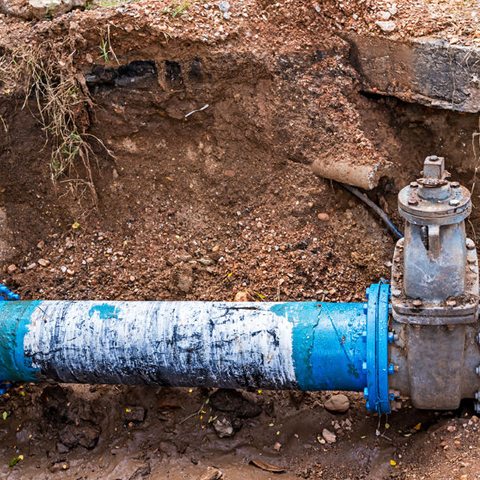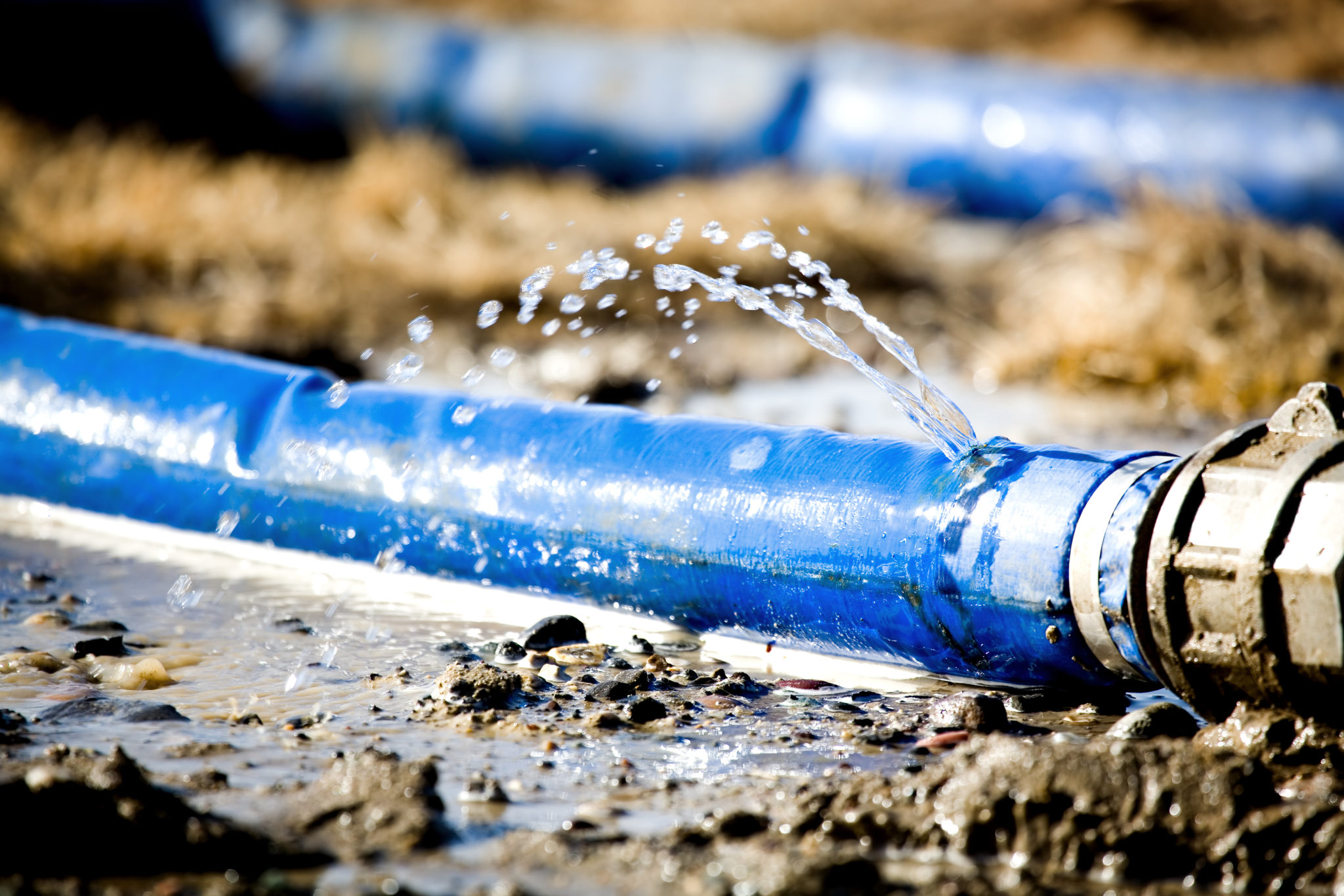What to Identify and Swiftly Rectify a Burst Pipe Issue
What to Identify and Swiftly Rectify a Burst Pipe Issue
Blog Article
How do you feel about How to Prepare for Your Dishwasher Installation?

A ruptured pipeline is a significant emergency; you can only stand as you view water you pay a lot to reunite with the earth. In even worse cases, you discover a pool on your cooking area flooring, which is a wonderful trip threat, specifically if you have youngsters around. If the pipe that ruptured was in your walls, bad news: you might need to paint that whole section.
Just how can a disaster like a ruptured pipeline be avoided and also managed? Well, by listening to your specialist emergency plumbings as well as adhering to these rules.
Exactly how do I understand when my pipelines have ruptured?
Fluctuating water pressures
Pipes do not just burst in a day. You may have observed that your cooking area faucet or shower does not run quickly when you transform the tap. It might stop for a couple of secs and after that blast you with even more pressure than normal.
In various other circumstances, the water may appear normal initially, after that drop in stress after a few seconds.
Damp walls and water spots
Before a pipeline bursts, it will leakage, a lot of times. If this persistent dripping goes unnoticed, the leakage may finish into a large gash in your pipe. One easy method to avoid this emergency is to look out for wet wall surfaces advertisement water discolorations. These water stains will lead you right to the leak.
Puddles under pipelines and sinks
When a pipeline bursts, the discharge develops a pool. It may show up that the puddle is expanding in size, and also no matter the amount of times you mop the pool, in a couple of minutes, there's one more one waiting to be cleaned. Usually, you may not have the ability to map the pool to any noticeable pipelines. This is an indicator to call a professional plumber.
Untraceable trickling sounds
Pipeline bursts can happen in the most unpleasant places, like within concrete, inside walls, or under sinks. When the house goes quiet, you may have the ability to listen to an aggravatingly consistent dripping noise. Also after you've checked your shower head as well as cooking area faucet, the dripping might proceed.
Beloved reader, the trickling may be originating from a pipeline inside your walls. There isn't much you can do concerning that, except tell an expert plumber.
Shut off the Water
When water ices up, it expands in volume by regarding 9 percent. And also it expands with remarkable pressure: The stress inside pipelines may go from 40 pounds per square inch to 40,000 psi! No pipeline can hold that much stress, so it breaks open. The break might happen where the ice kinds, however regularly, it occurs where water stress finds a vulnerable point in the pipeline. That may be inches and even feet from the icy area. Find the water shutoff valve as well as switch off the water to prevent more damages. You could also need to turn off the power as well, depending on where the leaks happens as well as just how big it is.
Contaminated water
Many people presume a burst pipeline is a one-way outlet. Quite the contrary. As water spurts of the hole or tear in your plumbing system, pollutants find their method.
Your water might be infected from the resource, so if you can, examine if your water tank has any kind of troubles. However, if your alcohol consumption water is provided as well as detoxified by the city government, you ought to call your plumber promptly if you see or scent anything amusing in your water.
What do I do when I identify a ruptured pipe?
Your water meter will certainly continue to run even while your water wastes. To reduce your losses, find the major controls and transform the supply off. The water mains are an above-ground structure at the edge of your property.
How to Fix & Detect a Leaking Pipe
How Do I Know if a Pipe is Leaking?
Leak detection tests can help you determine if your pipe has a leak. Even if you don’t see an apparent leak, you should still conduct leak detection tests regularly to save water and money—and prevent major damage to your home.
Water meter. It can be helpful to figure out what your usual water meter usage numbers are and then monitor them regularly. To monitor your meter, first, turn off all water faucets in your home. Check the meter and write down the numbers. In a few hours, check the meter again. If the numbers have changed, you have a leak. Water gauge. Use a water gauge to test your water pressure. Your showerhead should produce a certain amount of water pressure based on its model and design. If the pressure is lower than it is supposed to be for that specific showerhead, your home likely has a leak. Puddles. Look inside your bathroom, laundry, and kitchen sink cabinets. Puddles around the cabinets or around toilets, tubs, showers, and washing machines indicate the presence of a leaking pipe. You may also notice loose tiles, peeling or flaking paint, or mold caused by water accumulation. Napkin test. Even if you don’t see any puddles, you may still have a leak. You can test for water leaks in the bathroom, laundry, and kitchen by wiping below-sink connections with a napkin, paper towel, or piece of toilet paper. If it becomes damp, you probably have a leaking pipe under the sink. Discolored walls. Walls that are discolored—usually with brown or yellow stains—or bulging might mean that they have been impacted by water damage caused by a leaking pipe. Smell. A leaky pipe will create sitting water, and over time, that water may develop a musty smell. If your home smells musty, but you can’t locate the source, it may be due to a leak. Steps for Fixing a Leaking Pipe
A leaky drain can be remedied by tightening the pipe base, replacing the drain seal, caulking the rim, and tightening the pipe nut. Similarly, a leaking toilet pipe can be treated by tightening the packing nut. You may also need to replace the valve. A leaky faucet may just need tightening or replacement of the washers. If that doesn’t work, consider replacing your faucet. If your pipe has a hole in it, you may want to use a pipe leak sealer or pipe leak tape. This quick fix for water pipe leaks can also temporarily fix a copper pipe leak. https://www.ahs.com/home-matters/quick-tips/how-to-tell-if-pipes-are-leaking/

Do you like reading about How to Prepare for Your Dishwasher Installation? Make feedback further down. We'd be delighted to know your thoughts about this blog. In hopes that you come back again later on. Are you aware of another person who is excited about the subject? Take a moment to promote it. Thank you for your time spent reading it.
Plumbing woes? Contact. Report this page